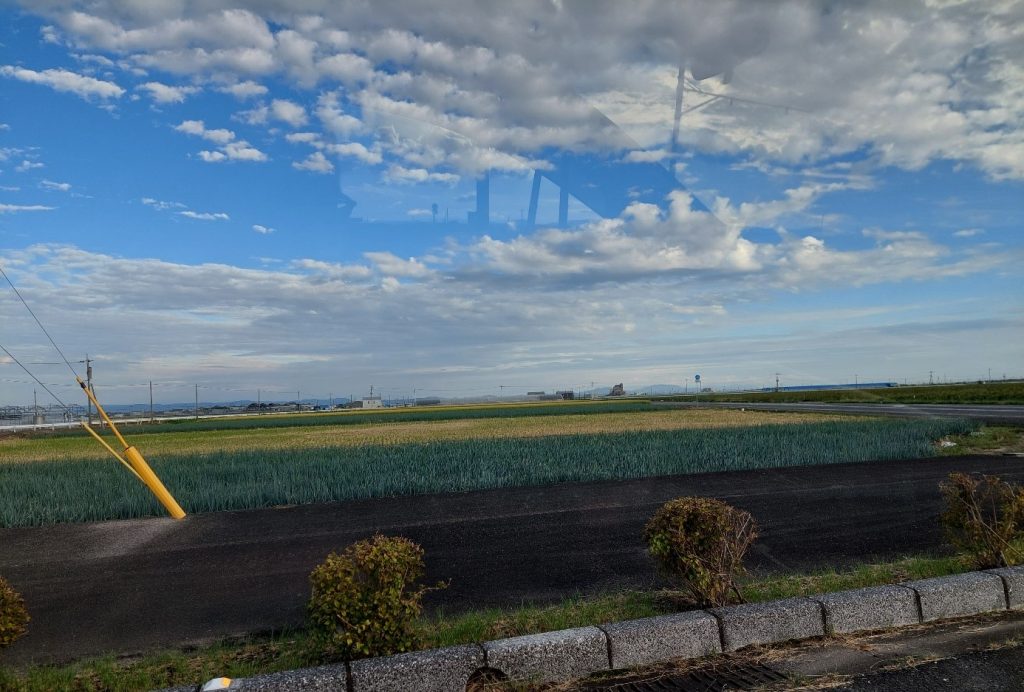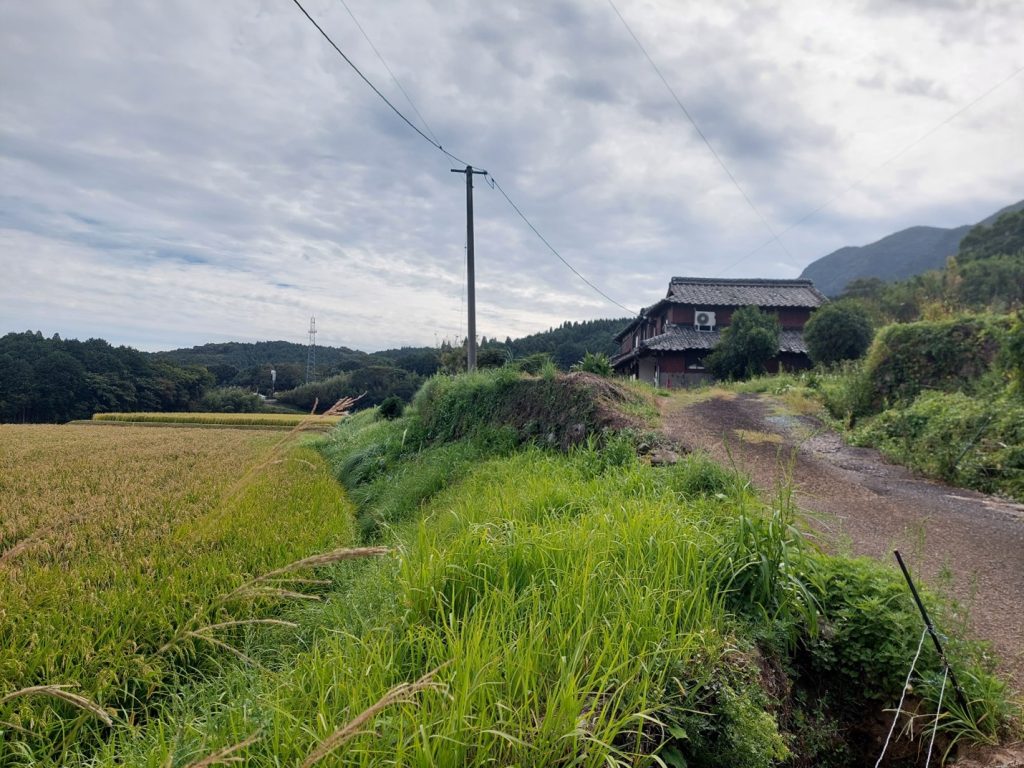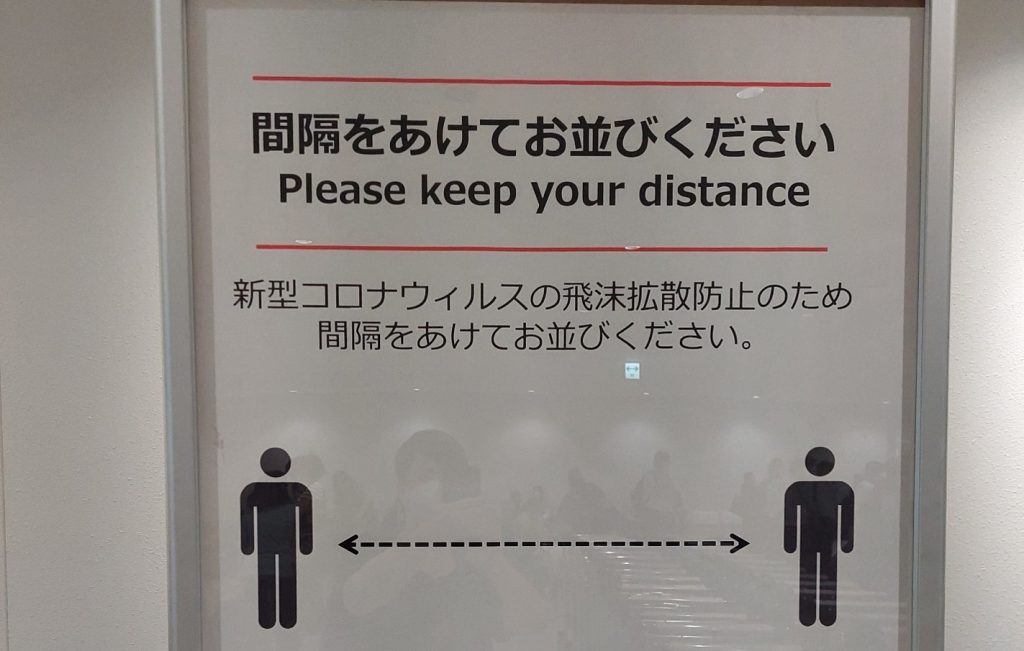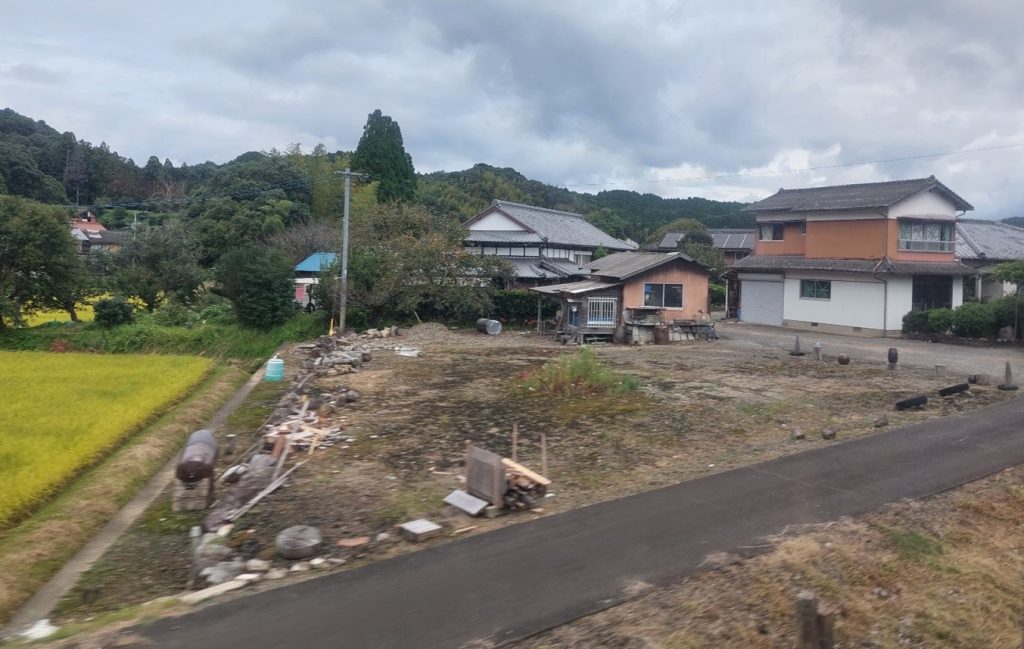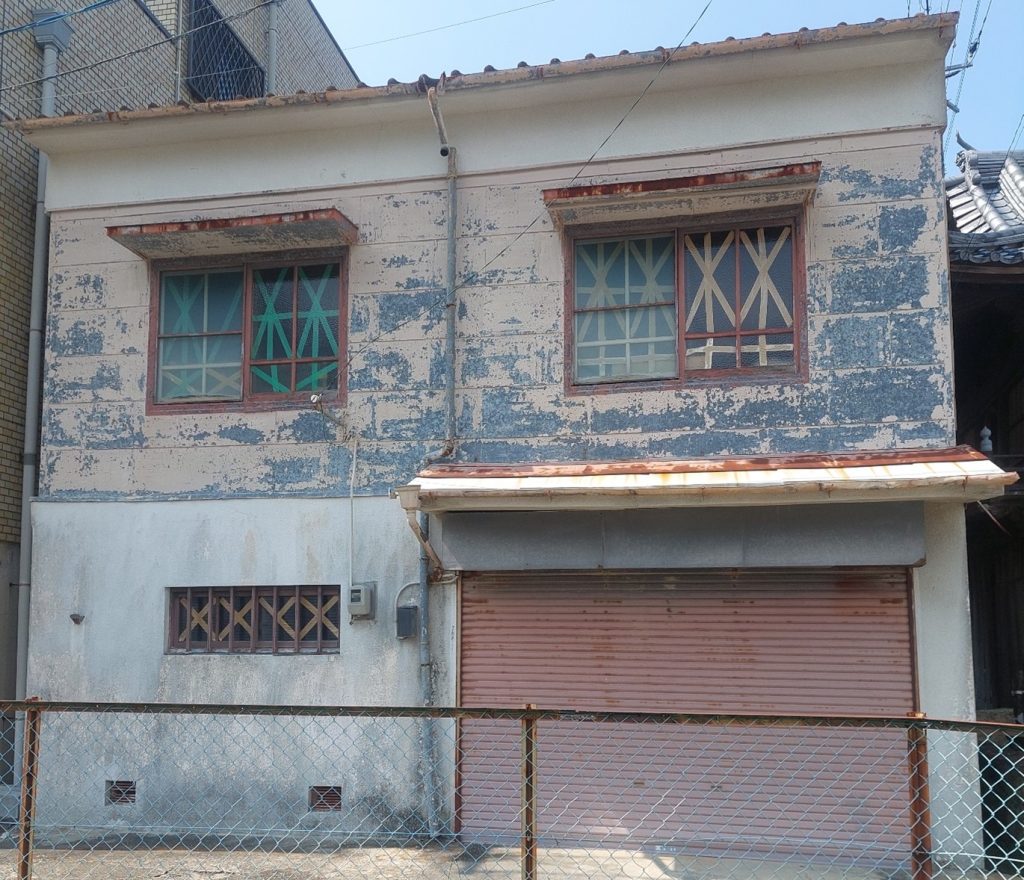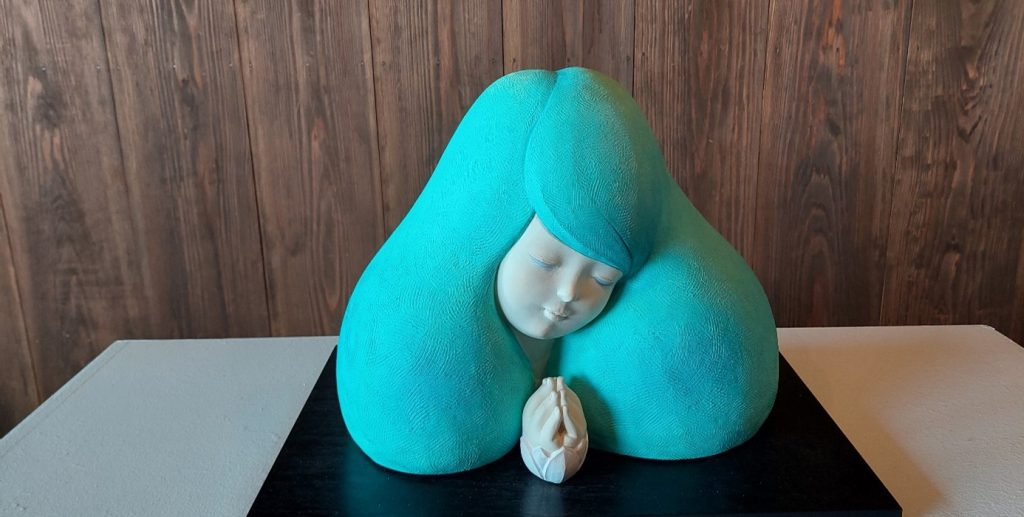by Sarah Clay
To address the growing demographic challenges in rural Japan, the Japanese government has implemented the Rural Revitalization and Relocation Support Program (chihō sōsei ijū shien jigyō). Since 2019, this initiative offers financial incentives of up to 600,000 yen per person to encourage urban residents from one of Tokyo’s 23 wards to relocate to less populated regions. Initially, the program required recipients to secure employment in their new rural community, strategically aiming to attract working professionals and families. In August of this year, however, Japanese media reported a proposed expansion of the program specifically targeting unmarried women. The new policy would provide female Tokyoites up to 600,000 yen without the previous employment requirement. The initiative would first cover travel expenses for attending local matchmaking events, with additional funding available for those who ultimately decide to relocate (Okabayashi and Matsuyama 2024).
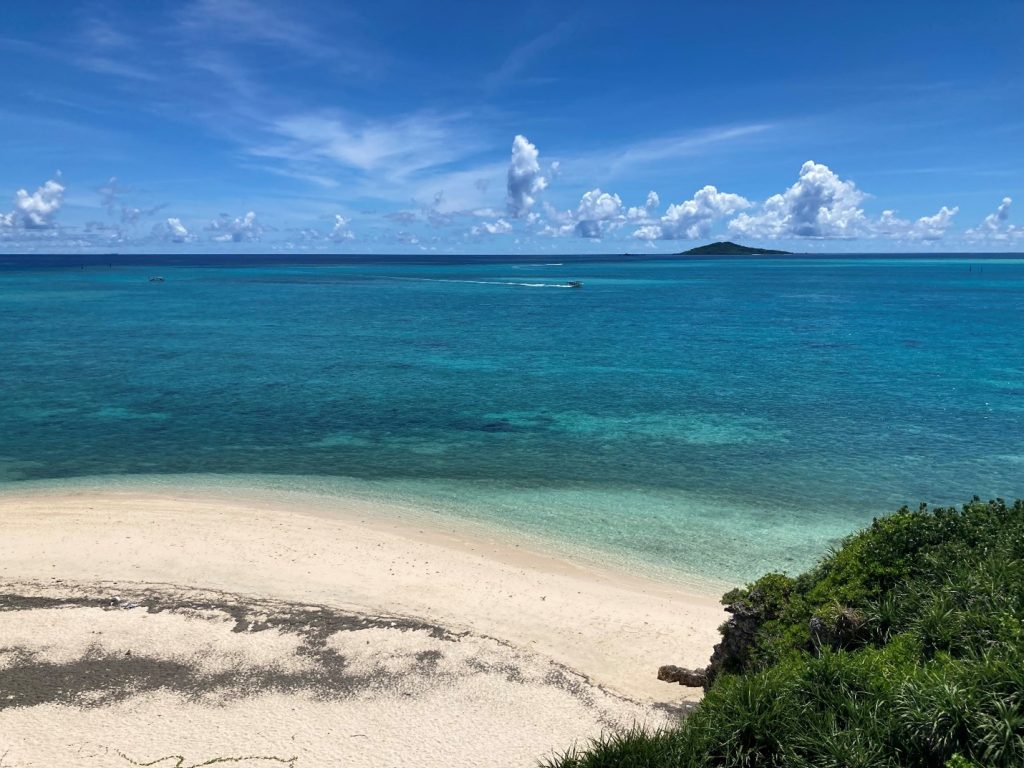
Copyright © Sarah Clay 2022
The proposed policy emerged from the fact that annually, more women than men relocate to the Tokyo Metropolitan Area for educational and professional opportunities (Yamada and Kihara 2024). Also, women return less often to their home prefectures after establishing their lives in the city. This migration pattern has contributed to a significant gender imbalance, with most prefectures outside Tokyo experiencing approximately 20% fewer women compared to men (Jiji 2024). As such, there is an increasing number of single men around 50 years old—both never-married and divorced—who reside with their parents in declining rural municipalities (Tanaka and Iwasawa 2010).
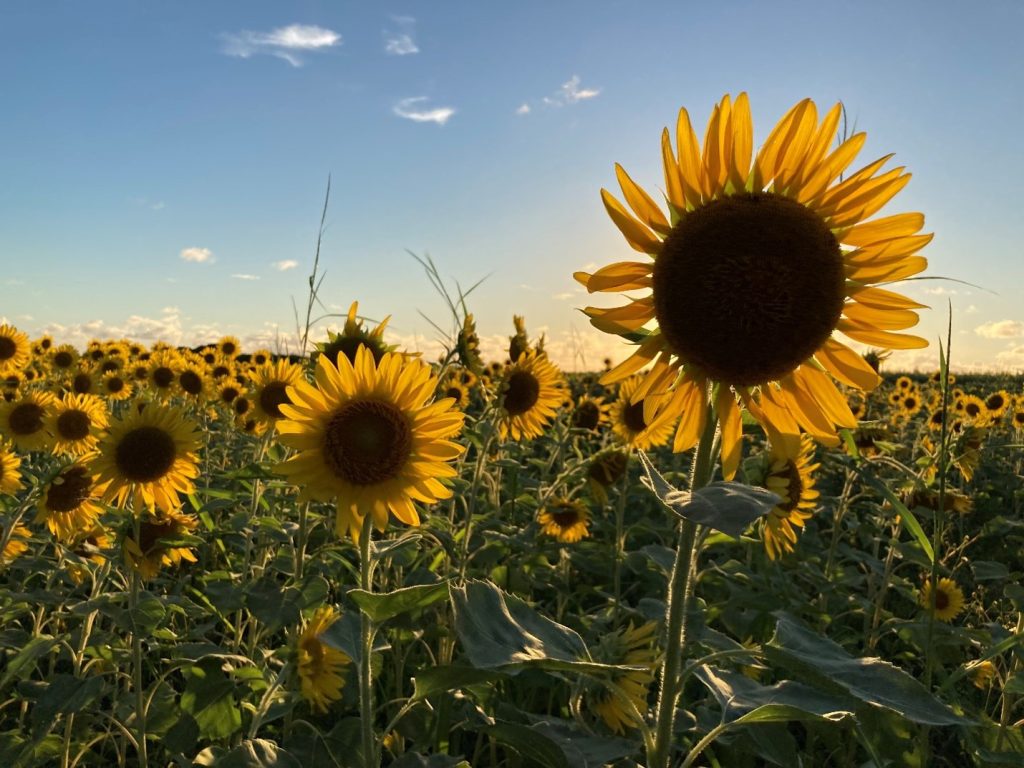
Copyright © Sarah Clay 2022
The policy proposal immediately received much criticism from in and outside of the government. Some argued that the initiative attempted to “purchase” potential wives for rural men and reinforce social narratives that value women primarily through their potential roles as mothers and wives. Others questioned the policy’s effectiveness; a modest relocation incentive of 600,000 yen would be unlikely to motivate a highly educated, professionally established woman to leave their urban life behind (Yasmin 2024). Also, critical voices pointed out that existing municipal matchmaking events targeting urban women and rural men have yielded minimal success, hence that financial incentives do not suffice to make people fall in love (Yamada and Kihara 2024). After a few days, these criticisms prompted Regional Revitalization Minister Jimi Hanako to publicly reconsider the proposed intervention.
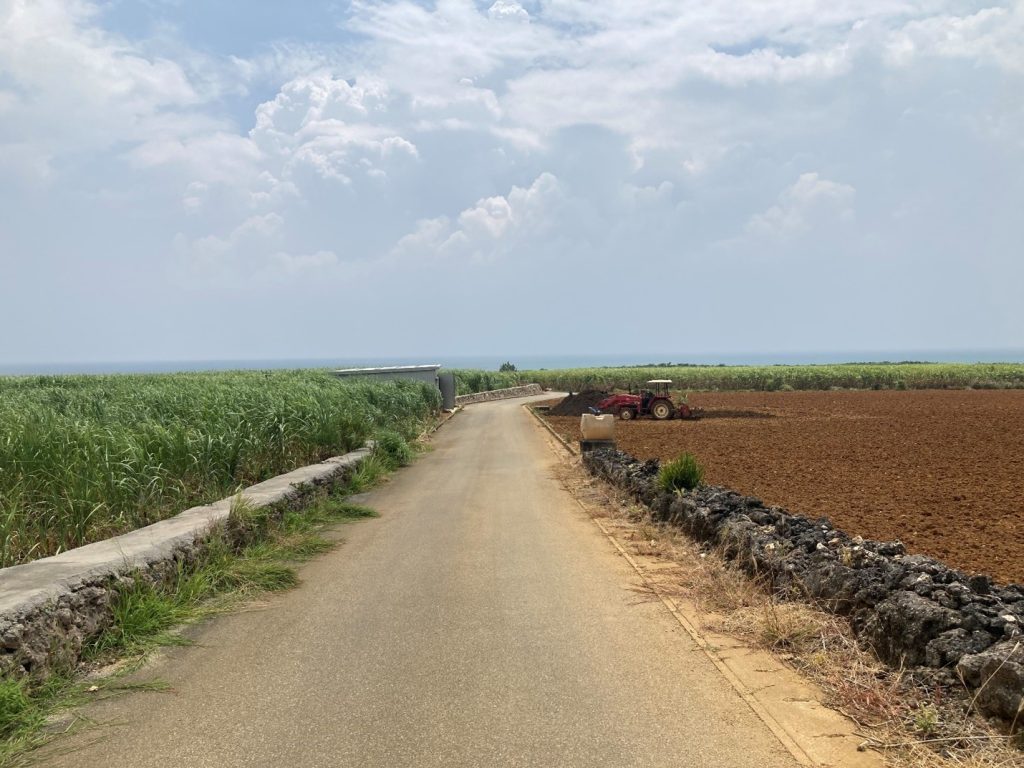
Copyright © Sarah Clay 2022
During my research on migration into the Miyako Islands, I got the impression that women are actually often the primary actors in urban-to-rural migration in Japan. Moreover, during my online and offline fieldwork, I met a few women who were or had been in a relationship with local men. My favorite story is that of Ishikawa Reiko. Reiko is a very cheerful and talkative woman in her mid-forties who runs a small café on Miyako. Born and raised in Tokyo, she started her career successfully as a graphic designer making websites for companies. Also, she loved online gaming and played the same game every day when she got home from work. She told me how she developed a friendship with someone from that gaming community. She did not know his real name or the place where he was living, but they shared many details about their daily lives. “We did not know each other’s names but knew what we had eaten the night before. We got very close to one another” (Interview with Reiko, 9 September 2022).
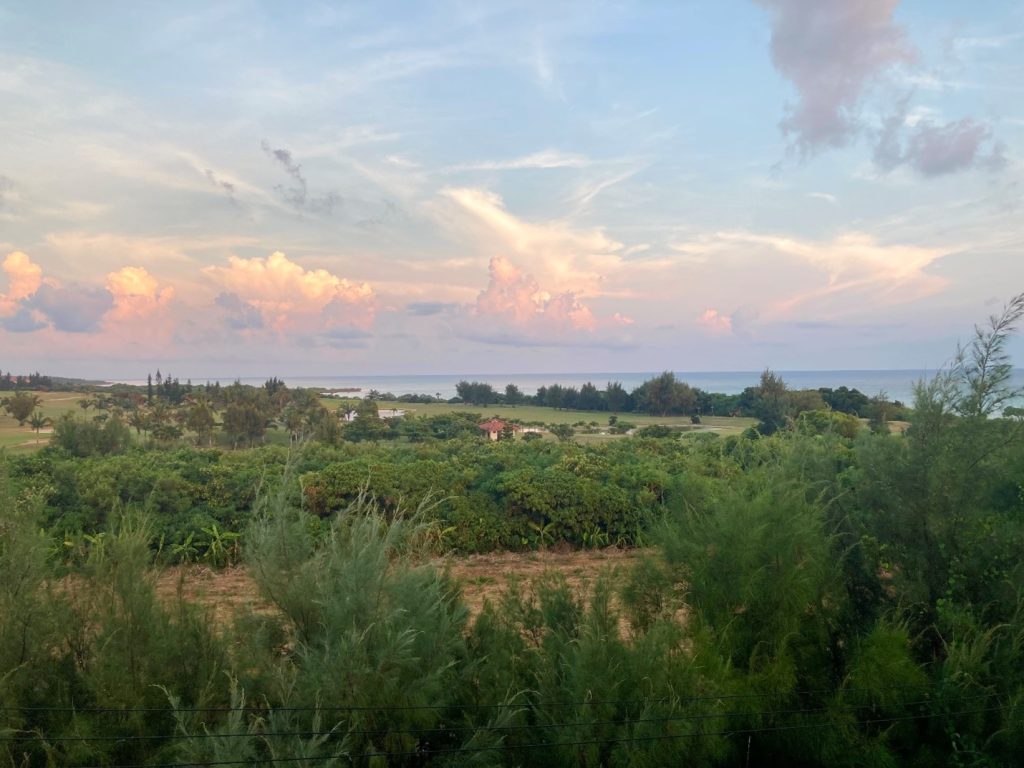
Copyright © Sarah Clay 2022
The first time they met in real life, Reiko’s gaming friend visited her in Tokyo. He turned out to be a doctor from Miyako Island in Okinawa Prefecture. By that time, Reiko was working from home because she had some issues with her health and could not commute to her office every day. When her friend was about to return, he told her that he was living in a relatively large house with two stories separated from each other. If she wanted, she could take her computer and live on the second floor of his house, just for a while, so her health could recover. Reiko did not know anything about Miyako or Okinawa in general. She told me that she always wanted to live in Hokkaido, as she liked knitting and cold environments. Yet, being inside her small Tokyo apartment all day, she figured it would be a good opportunity to do more physical exercises and finally get her driver’s license. A few days later, she boarded a plane to Miyako Island— stunned to learn about the remote location of her destination. Despite the “culture shock” that she experienced upon arrival, the two fell in love, and Reiko has been living on the island ever since.
The story of Reiko is that of a woman who came to Miyako with different incentives and fell in love with a local man along the way. From the outside, her trajectory might be seen as a successful case of marriage migration. However, Reiko’s relocation could not have been the result of match-making events or governmental policies such as the ones outlined above. Rather, her narrative offers a nuanced perspective on the complex dynamics of urban-to-rural migration, including career prospects, aspirations of personal growth, health, technologies and a good amount of serendipity.
References
Jiji (2024), “Japan to support women moving from Tokyo to countryside for marriage,” The Japan Times, August 28, 2024, https://www.japantimes.co.jp/news/2024/08/28/japan/society/women-rural-areas/
Okabayashi, S., and Matsuyama, S. (2024), “Josei no ‘ijūkon’ shien: Tōkyō 23 ku→chihō de saidai 60 man en,” Asahi Shinbun Digital, August 28, 2024, https://www.asahi.com/articles/ASS8X2VWRS8XULFA00TM.html (accessed on 21 November 2024).
Tanaka, K., and Iwasawa, M. (2010), “Aging in Rural Japan—Limitations in the Current Social Care Policy,” Journal of Aging & Social Policy 22(4): 394-406.
Yamada, Y., and Kihara, I. (2024), Chihō e no „ijūkon“ naze josei dake ni 60 man en?“ Tōkyō Shinbun, August 30, 2024, https://www.tokyo-np.co.jp/article/350881 (accessed on 21 November 2024).
Yasmin, S. (2024), “Japan drops plan to offer money to Tokyo women to move to rural areas,” Independent, September 1, 2024, https://www.independent.co.uk/asia/japan/japan-cash-incentive-single-women-tokyo-b2605144.html (accessed on 21 November 2024).

